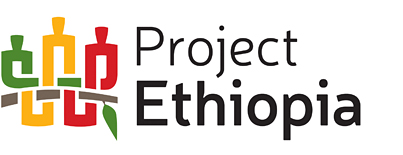Building Schools and Opportunity for Rural Students
By Lynnda Laurie, Board Member
Imagine you live in a remote rural area and the nearby school only serves students through grade 4. For your children to attend beyond grade 4, they must walk to a neighboring village, perhaps more than 3 miles away. When powerful rains come to the area, it becomes increasingly difficult, especially for the younger children, to make that journey. For the communities where we work, this is a common concern among the families with school-aged children.
That is why building primary schools to serve rural children through grade 8 is one of our top priorities. It is often the first project we undertake when we work with a new community. Our process, however, results not only in a new school, but also a new partnership built on trust and a deep sense of community pride. Our buildings are sustainable because we use local construction methods and the community assumes responsibility for the ongoing upkeep and maintenance.
Step 1: Meet with community leaders. The village elders meet with Workineh Genetu, one of Project Ethiopia’s leaders, to discuss the project and the community’s participation. Before Project Ethiopia can begin the work, the community must commit to supply the eucalyptus branches that become the walls and provide volunteers to build the frame and prepare and apply the mud plaster.
Step 2: Build the frame, roof, and floor. Once the eucalyptus branches are delivered to the school site, volunteers begin construction on the frame of the building. When that is complete, Project Ethiopia installs the metal roofing and the concrete floors. As you can see, this construction site looks very different from any school construction in the US.

Step 3: Prepare and apply the mud/straw plaster. Once the walls are fully formed, mudding is the next step in the construction process. Creating the mud to plaster the walls is quite a job. Straw is brought to the site from the villagers’ fields. Water, if not available at the site, is also brought in from a nearby stream. Mud is created the way mud is always created – water and dirt! This mixture cannot be used immediately as it must age and ferment for at least 2 weeks. When the plaster is ready, community volunteers cover the entire building, inside and out. The first round of mudding contains straw, but the next layer of mud is finer and provides a smooth wall surface, ready for paint.

Step 4: Add the finishing touches – paint, doors, windows, desks and blackboards. Each new building contains four classrooms and Project Ethiopia supplies the doors, windows, blackboards and desks for each classroom. These items are made locally, which allows project money to not only benefit the school community, but also provide income for local businesses. The exterior walls are painted blue and green and the interior walls receive bright yellow paint as there is no electricity and only two windows and one door per classroom. The final product is a beautiful addition to the school community that is both a source of pride and hope.

Over the past 15 years, Project Ethiopia has built 25 new school buildings (for a total of 100 classrooms) throughout the Dangla region. In addition, our team has repaired and improved 16 existing buildings to save them from being lost permanently to damage.
Because of you we continue to bring new schools online each year. As I write, we are currently building two new school buildings during the 2021 dry season (January to May) so that even more rural children will have the opportunity to attend school through grade 8. Many will also continue on to high school in the main town as a result of Project Ethiopia’s efforts to expand access to education to all rural children in the Dangla area.
